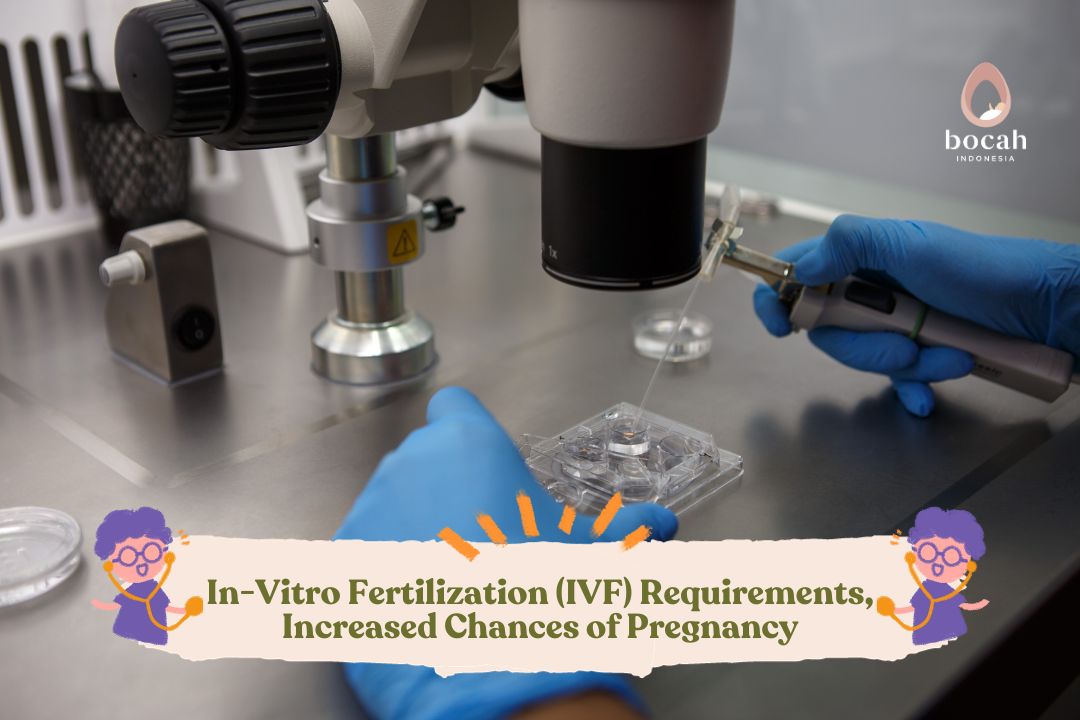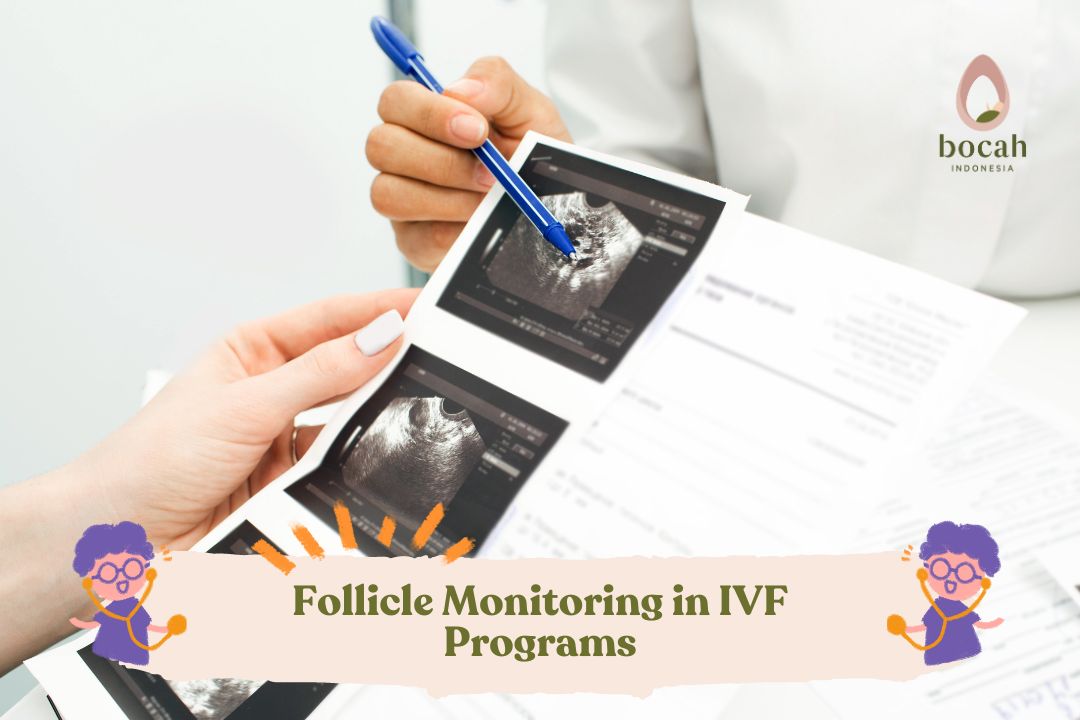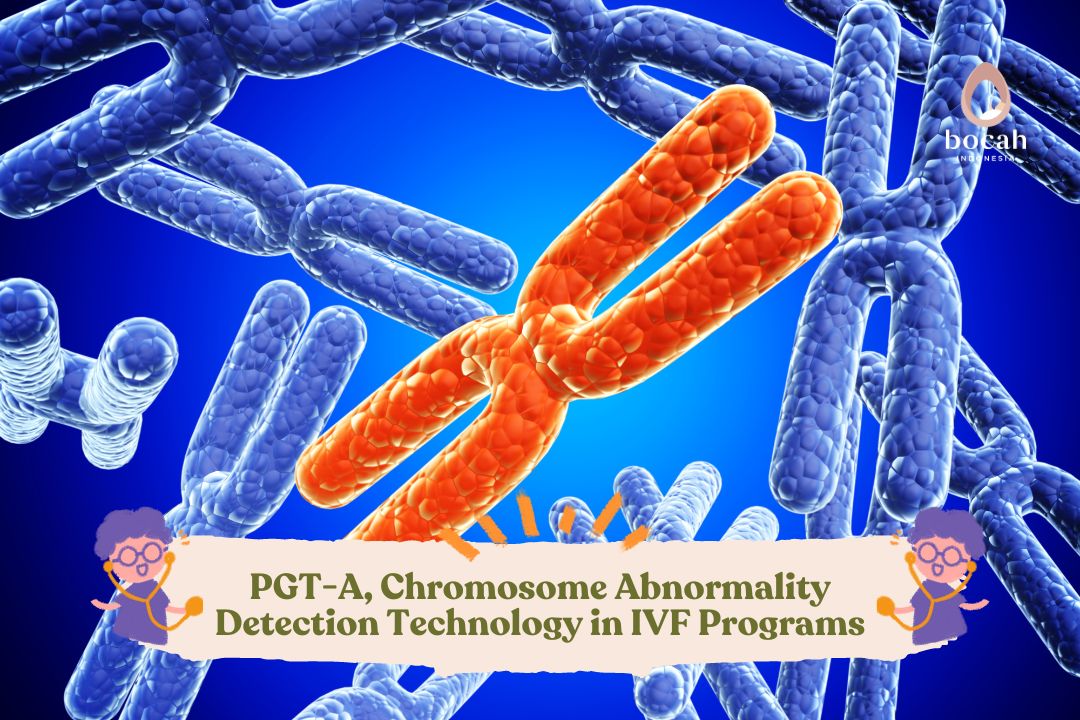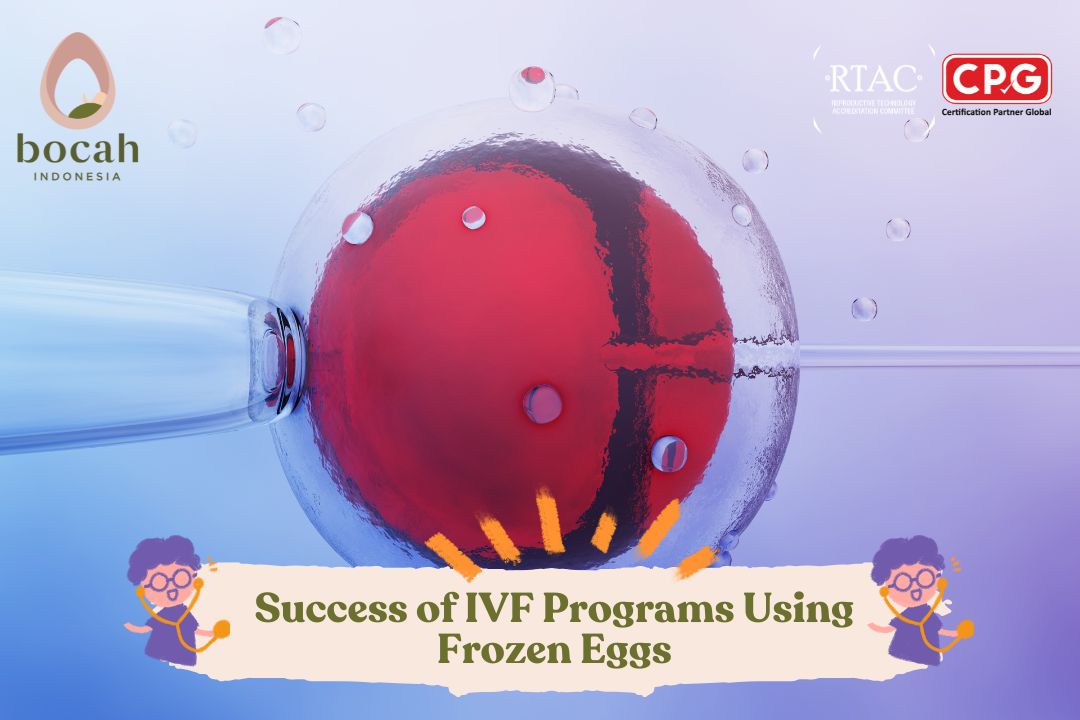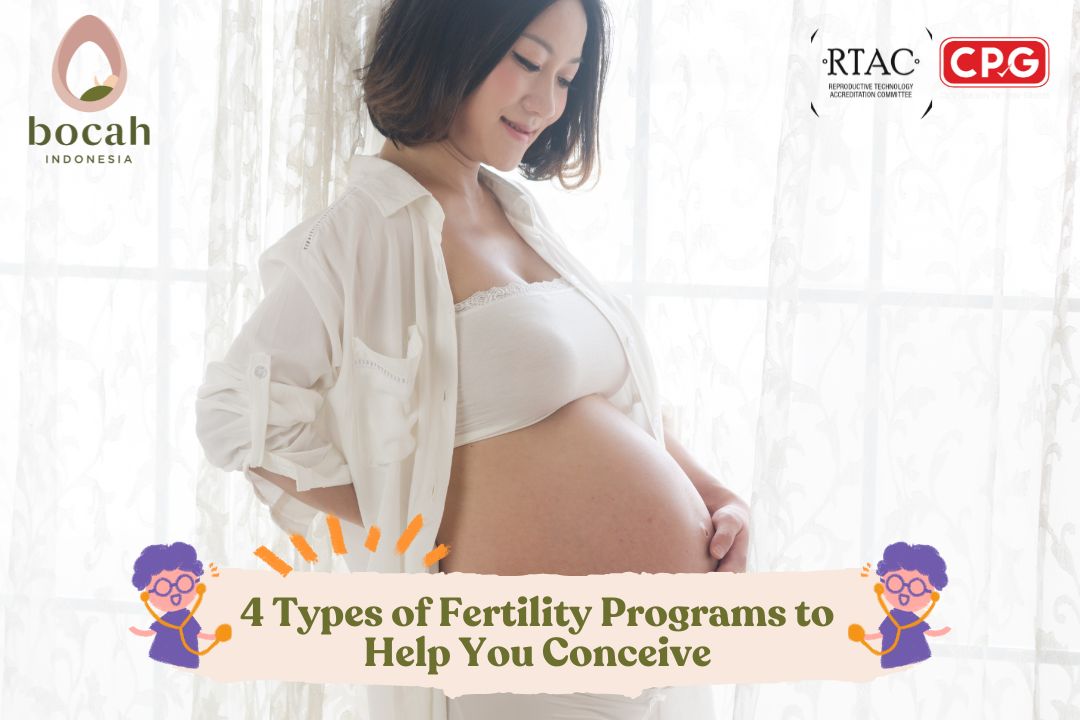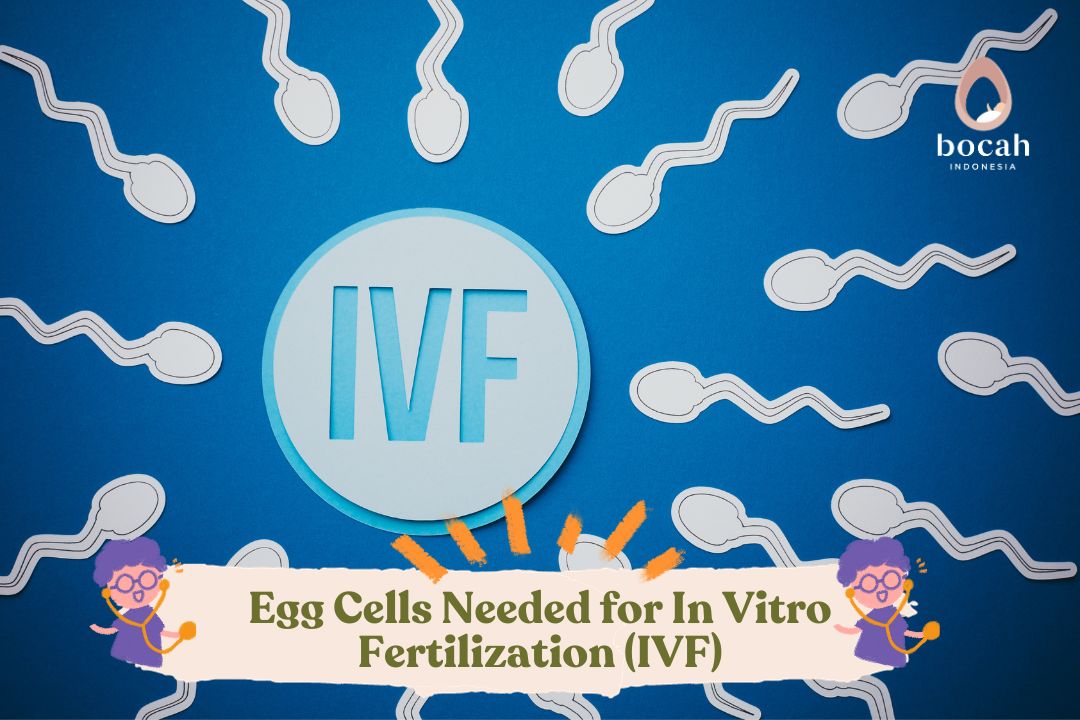Pregnancy Programs: A Planned Path to Increasing the Chances of Conception
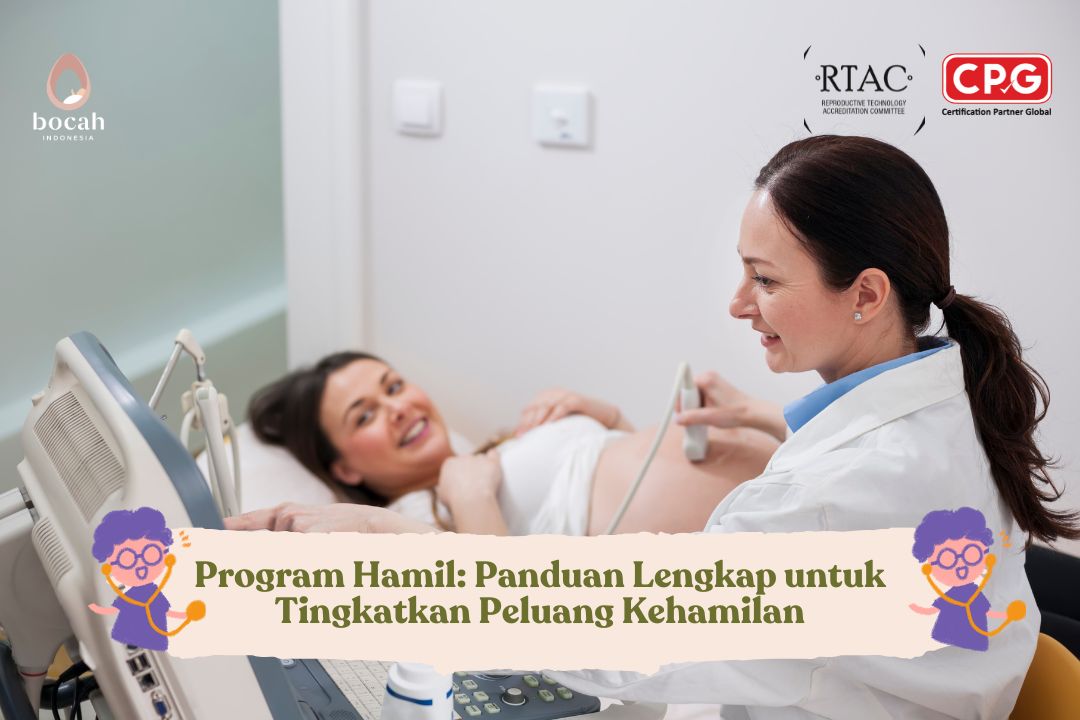
One effort to increase the chances of getting pregnant is through a structured pregnancy program. The term “pregnancy program,” often shortened to “promil” in Indonesia, has become increasingly popular. Today, it is not only sought by couples who struggle to conceive but also by those who wish to plan their pregnancy carefully, achieve conception sooner, or ensure a healthier pregnancy journey.
When Should You Start a Pregnancy Program?
By definition, a pregnancy program is a deliberate effort undertaken by married couples to achieve pregnancy or to enhance the likelihood of conception. Historically, however, the term has been more closely associated with couples experiencing infertility—defined as difficulty conceiving despite regular sexual intercourse (2–3 times per week) for one year without contraception.
According to the Indonesian Society of Obstetrics and Gynecology (POGI), the recommended time to begin a pregnancy program is after one year of unsuccessful attempts at natural conception—or immediately if the woman is already over the age of 35.
Reasons for Starting a Pregnancy Program
Couples may choose to undergo a pregnancy program for several reasons:
1. Planning a Healthy Pregnancy
With higher education levels and widespread access to health information, many newlyweds embark on a pregnancy program right away. Their motivation is to plan conception carefully, ensuring a smoother pregnancy and healthier baby. Such couples often want to assess their reproductive health first and check for any hereditary risks before trying to conceive.
Tanya Mincah tentang Promil?
2. Fertility Issues or Underlying Medical Conditions
This applies to couples who meet the definition of infertility, i.e., difficulty conceiving after one year or more of attempts. Causes may stem from either partner.
-
Female factors: ovulation disorders, irregular menstrual cycles, endometriosis, polycystic ovary syndrome (PCOS), uterine fibroids, blocked fallopian tubes, or other reproductive system conditions.
-
Male factors: poor sperm count or quality, blocked sperm ducts, hormonal imbalances, or reproductive tract abnormalities.
Additionally, certain chronic conditions—such as diabetes, thyroid disorders, or sexually transmitted infections—may affect fertility.
3. Advanced Maternal Age
The quantity and quality of a woman’s eggs decline significantly after the age of 35. This is why pregnancy programs are more commonly seen among couples where the female partner is older.
4. Unhealthy Lifestyle
Some couples worry that past unhealthy habits may impact both maternal and fetal health. A pregnancy program helps them adopt healthier lifestyles, improve fertility, and increase the chances of conceiving a healthy child.
Steps in a Pregnancy Program
An effective pregnancy program must be structured, well-planned, and goal-oriented. The steps include:
1. Preconception Medical Consultation
When a couple is ready to start a family, they should first consult a doctor. Options include an obstetrician-gynecologist, a fertility specialist, or an OB/GYN with additional training in fertility. Even couples with children who wish to conceive again benefit from such consultations.
During this stage, the doctor reviews:
-
Personal medical history: chronic conditions (e.g., epilepsy, diabetes, hypertension, anemia, allergies), surgeries, current medications, and past pregnancy outcomes (including miscarriage).
-
Family history: hereditary conditions that may be passed to children.
-
Genetics: certain genetic disorders (e.g., sickle cell anemia, thalassemia, cystic fibrosis) may be identified through blood tests. Genetic screening can be discussed before conception.
-
Vaccination status: vaccines like rubella and varicella should be administered before pregnancy. Contracting these infections during pregnancy can result in miscarriage or birth defects. Vaccinations should ideally be completed at least one month before attempting conception.
2. Preconception Health Examinations
Doctors may recommend:
-
Physical exams to assess vital signs and nutritional status.
-
Blood tests: complete blood count, blood type, glucose, lipid profile, liver/kidney function, and screening for sexually transmitted infections.
-
Pelvic exam to check reproductive health.
-
Pap smear for early detection of cervical cancer.
-
Genetic testing if indicated.
Couples may also undergo fertility-specific assessments:
Male
-
Semen analysis: evaluates sperm count, motility, and morphology. If no sperm are detected, a testicular biopsy may be performed.
-
Hormone tests: testosterone, LH, FSH, prolactin.
-
Scrotal or transrectal ultrasound: to detect abnormalities or blockages in the reproductive tract.
Female
-
Pelvic ultrasound: assesses reproductive organs and ovarian follicle count (AFC).
-
Hormone tests:
-
Urinary LH: to determine ovulation.
-
Progesterone: to confirm ovulation.
-
Ovarian reserve testing: FSH, estradiol, AMH.
-
Prolactin: elevated levels may interfere with ovulation.
-
Thyroid hormones: thyroid disorders can affect fertility.
-
-
Special procedures (if uterine abnormalities are suspected):
-
Hysterosalpingography (HSG).
-
Hysteroscopy.
-
Sonohysterography.
-
Laparoscopy.
-
Types of Pregnancy Programs
Pregnancy programs can be natural or assisted using reproductive technology.
1. Natural Pregnancy Program
Couples attempt conception through timed sexual intercourse. Regular intercourse 2–3 times weekly after menstruation and every other day during the fertile window (from 5 days before ovulation until ovulation day) optimizes chances. Tracking menstrual cycles is key, and fertility apps can help.
2. Ovulation Induction
For women with irregular ovulation, medications stimulate egg release. Options include:
-
Oral medications: clomiphene citrate, letrozole.
-
Injectables: gonadotropins (hMG, recombinant FSH) to stimulate follicles, and hCG to trigger final egg maturation.
3. Intrauterine Insemination (IUI)
Washed and selected sperm are inserted directly into the uterus using a thin catheter. Often combined with ovulation induction. Insemination is timed 36 hours after hCG injection, ensuring sperm and egg meet in the fallopian tube.
4. In Vitro Fertilization (IVF)
Eggs are retrieved and fertilized with sperm in a lab. The resulting embryos are cultured and transferred into the uterus. Excess embryos can be frozen for later use.
5. IVF with Intracytoplasmic Sperm Injection (ICSI)
An advanced IVF method where a single sperm is injected directly into an egg. Indicated for severe male infertility (e.g., azoospermia, oligospermia, failed prior IVF attempts, post-vasectomy, or frozen sperm before cancer therapy).
Conclusion
If you are considering a pregnancy program, remember there is no “one-size-fits-all” approach. The right method depends on each couple’s medical condition, age, and personal preferences. Consulting a fertility specialist is the first step to choosing the most suitable path.
Source:
- Assisted reproductive technologies: A guide for patients. American Society for Reproductive Medicine. https://www.reproductivefacts.org/news-and-publications/patient-fact-sheets-and-booklets/documents/fact-sheets-and-info-booklets/assisted-reproductive-technologies-booklet.
- Choe J, Shanks AL. In Vitro Fertilization. [Updated 2023 Sep 4]. In: StatPearls [Internet]. Treasure Island (FL): StatPearls Publishing; 2025 Jan-. URL: https://www.ncbi.nlm.nih.gov/books/NBK562266/
- Hornstein MD, et al. Optimizing natural fertility in couples planning pregnancy. In: UpToDate, Post, TW (Ed), UpToDate, Waltham, MA, 2021.
- Kuohung W, Hornstein MD. Patient education: Evaluation of the infertile couple (Beyond the Basics). In: UpToDate, Post, TW (Ed), UpToDate, Waltham, MA, 2021.
- Mayo Clinic. (2023, Sept 12). Intrauterine insemination (IUI). URL: https://www.mayoclinic.org/tests-procedures/intrauterine-insemination/about/pac-20384722
- UCSF Health. Ovulation induction. URL: https://www.ucsfhealth.org/education/ovulation-induction


